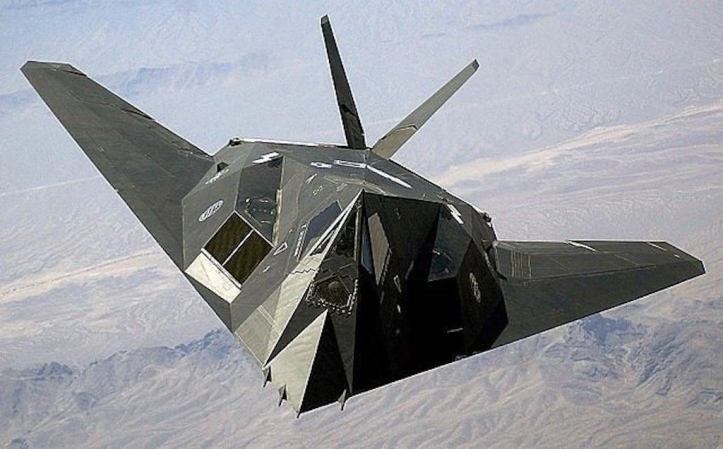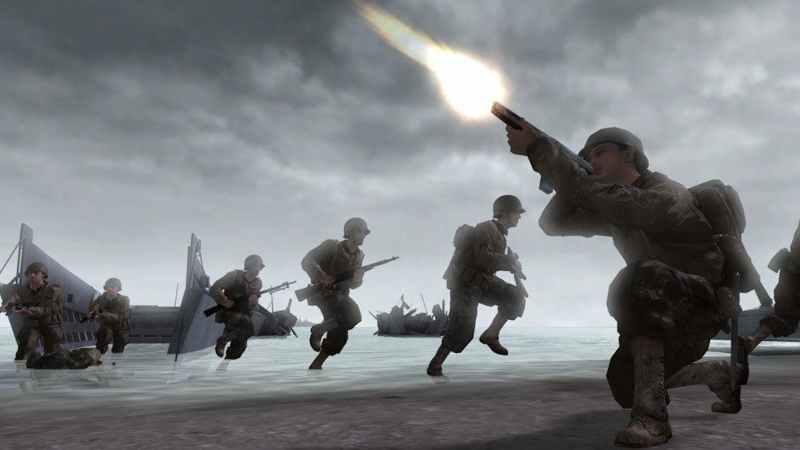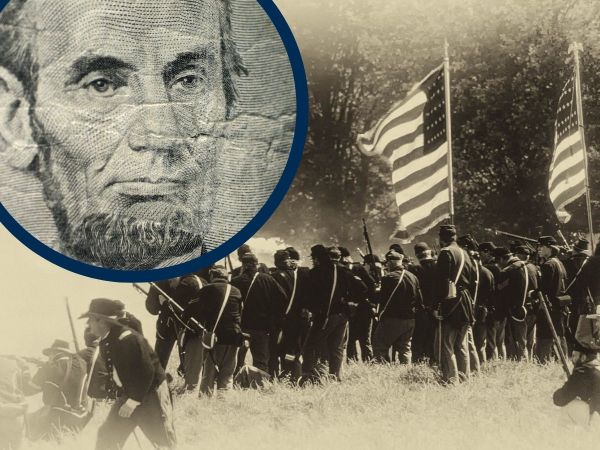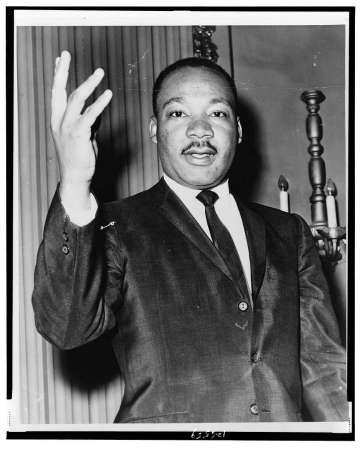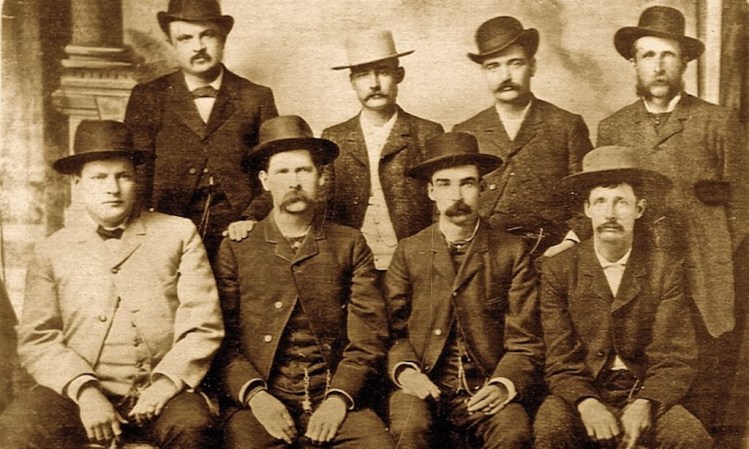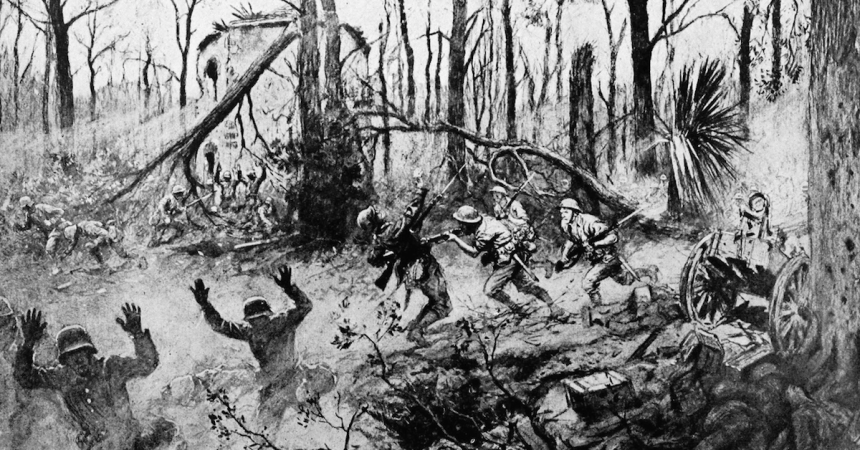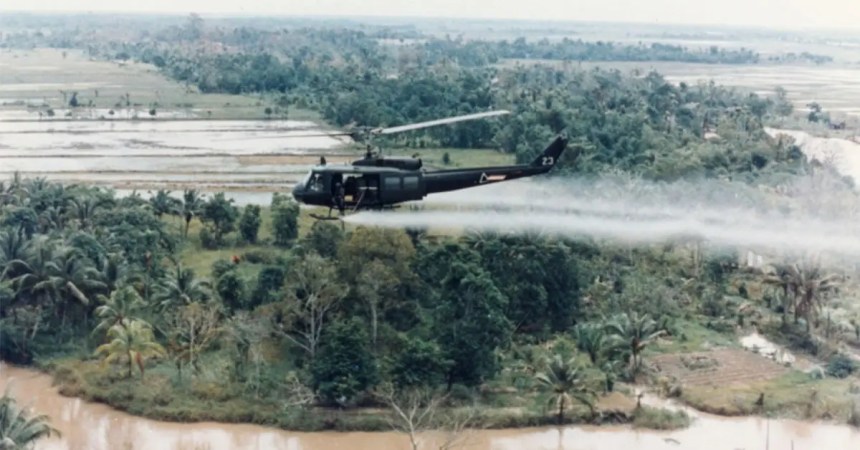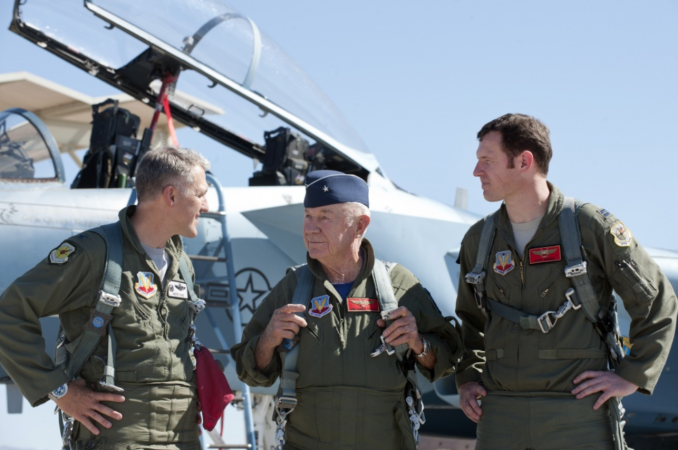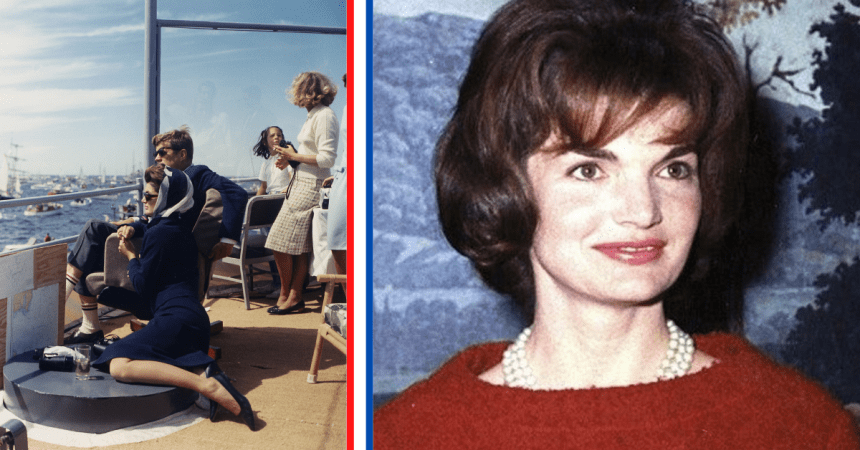Steven Spielberg’s Saving Private Ryan captured the respect of both veteran and civilian audiences across the country with a realistic, heartfelt, and grim depiction of World War II. The movie follows a squad of Soldiers from the 2nd Army Rangers who embark on a near-impossible mission to locate a single troop in the middle of the war.
Facing incredible odds, the Rangers tirelessly search for the native Iowan and sustain heavy causalities along the way. The film won several awards and is considered, by some, to be one of the best pieces of film in cinematic history.
Spielberg expertly captured the brutality of war on film, but the little-known things that happened behind the scenes helped contribute to the film’s authenticity.

Sgt. Horvath (played by Tom Sizemore) stands next to Capt. Miller (played by Tom Hanks) before storming the Omaha Beach.
(DreamWorks Pictures)
How it got its unique look
Typically, a movie camera’s shutter is set at a 180-degree angle. However, legendary cinematographer Janusz Kaminski decided to set the camera to a 90- and 45-degree shutter instead. This shortened the amount of time the film was exposed to light, creating an incredibly sharp image.
When sending the film off to be processed, Kaminski had it run through the developer more than usual to achieve that washed-out look.
His idea delivered a fantastic visual, and the film looks freakin’ great for it.
The actors’ weapons came with squib sensors
We’ve seen movies where an actor points his or her weapon, takes a shot, and the round’s impact doesn’t feel entirely organic. For Saving Private Ryan, the special-effects guys rigged the actors’ rifles with special sensors that send a signal to exploding squibs located on their targets.
Shortly after an actor pulls the trigger, the targeted squib detonates, creating a realistic impact for both shooter and target.

Steven Spielberg as he discusses the next scene with the crew.
(DreamWorks Pictures)
Reportedly, Spielberg didn’t storyboard the film
Instead, the filmmaker made incredible decisions on the fly, putting the camera up to each scene and determining the direction from there. This might have been career suicide for a lesser director, but Spielberg wanted his shots to feel unpredictable, just like a real firefight.
200 shots in 24 minutes
Although the film has several epic moments, the opening sequence in which American troops storm Omaha beach is one that you’ll never forget. Spielberg decided to drop the audience inside an incredibly intense battle scene and, to tell the story, used three different perspectives: Capt. Miller’s, the German machine gunners’, and a characterless camera.
The YouTuber Nerdwriter1 broke the epic scene down and counted each of the 200 shots that takes place over the 24-minute scene. That’s right: 200 shots. That’s 7.2 seconds per shot.









